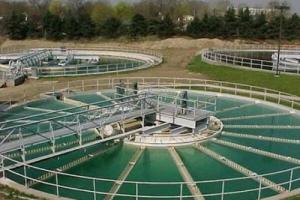Scope, Benefits and Problems in Environmental Impact Assessment

Benefits of Environmental Impact Assessment
The main benefits of EIA process are:
- Improved project design / siting
- More informed decision making with improved opportunities for public involvement in decision making.
- More environmentally sensitive decisions;
- Increased accountability and transparency during the development process;
- Improved integration of projects into their environmental and social setting;
- Reduced environmental damage;
- More effective projects in terms of meeting their financial and/or socio-economic objectives; and
- A positive contribution towards achieving sustainability.
The study of EIA effectiveness shows a number of difficulties and constraints, generally, although not universally applicable, that continue to prevent and hinder EIA from consistently delivering these advantages and benefits:
Scope of EIA
Small scale projects not included in most environmental impact assessment systems although their cumulative impacts may be significant over time.
Problems in Environmental Impact Assessment
- Difficulties in ensuring adequate and useful public involvement (or participation);
- Insufficient integration of EIA work at key decision points in relation to feasibility and similar studies in the project life-cycle; with some major decisions being made even before EIAs are completed;
- Lack of consistency in selection of developments requiring specific environmental impact assessment studies;
- Inadequate understanding of the relative roles of baseline description and impact prediction;
- Poor integration of biophysical environmental impacts with social, economic and health effects also adds to the Problems in Environmental Impact Assessment;
- Production of EIA reports which are not easily understood by decision makers and the public because of their length and technical complexity;
- Lack of mechanisms to ensure that EIA reports are considered in decision-making;
- Weak linkages between environmental impact assessment report recommendations on mitigation and monitoring and project implementation and operation; and
- Limited technical and managerial capacities in many countries to implement EIAs result in Problems in carrying out Environmental Impact Assessment.












